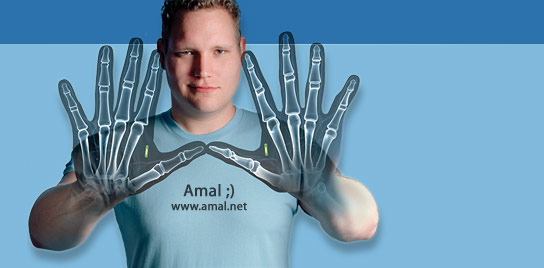I went up to the NEXUS office today to do my renewal interview. The interview is just a follow up to make sure my registered information is still current and reiterate the restrictions of the program. After completing the interview, they told me I’d receive my new card in the mail, which was new. The last two times I was able to pick the card up right there at the office.
Because the “trusted traveler” NEXUS card is contains a simple GEN2 EPC tag, when it arrives it will come in a protective copper jacket to protect it against being read while it is stored. The card itself affords me access to a special lane when driving across the Canadian border which cuts my wait time from hours to minutes. When I got my first card, it contained a different kind of UHF tag and there was no copper jacket or spiel about RFID.
After a few years, they changed the RF technology at the border to use the GEN2 EPC standard in their ID cards, so I had to go in to get a replacement. The replacement came in a protective copper jacket, but there was no information as to why or notice that you should keep your card in the jacket when not in use.
Recent hubbub over RFID tags used in government issued IDs has affected some changes with the NEXUS program. Mainly the copper jacket, but also now there is a short spiel about RFID and use of the jacket given. I was informed that the card;
– only contains a unique identifier number, and that no actual personal information was on stored on the “computer chip” inside the card.
– should be stored in the copper jacket when not being used.
– the US border has equipment able to read the card from 20 feet, while the Canadian border equipment only has a 2 foot read range.
Of course, because this is UHF we’re talking about, that 20 foot read range is heavily dependent on exactly where the card is stored and how the card is held. A card in the copper jacket simply cannot be read at any distance. However a card stored in a wallet in one’s back pocket, even with the high power gear, has a very limited range of only a few feet. Because the liquid in your body acts as a major source of interference, the only way to get maximum read range from UHF back-scatter ID cards is to hold them at least a foot or two away from your body.
I just think it was interesting they are using the copper jackets and that I actually got a short talking to about RFID from the Canadian CBP officer. Of course, there will not be a copper jacket for my passport, which does have an RFID tag that contains personal information… and oddly enough, the next time renew my WA state driver’s license that has the same type of embedded GEN2 tag in it, I doubt I will get a copper jacket or little spiel on RFID from the DMV.












